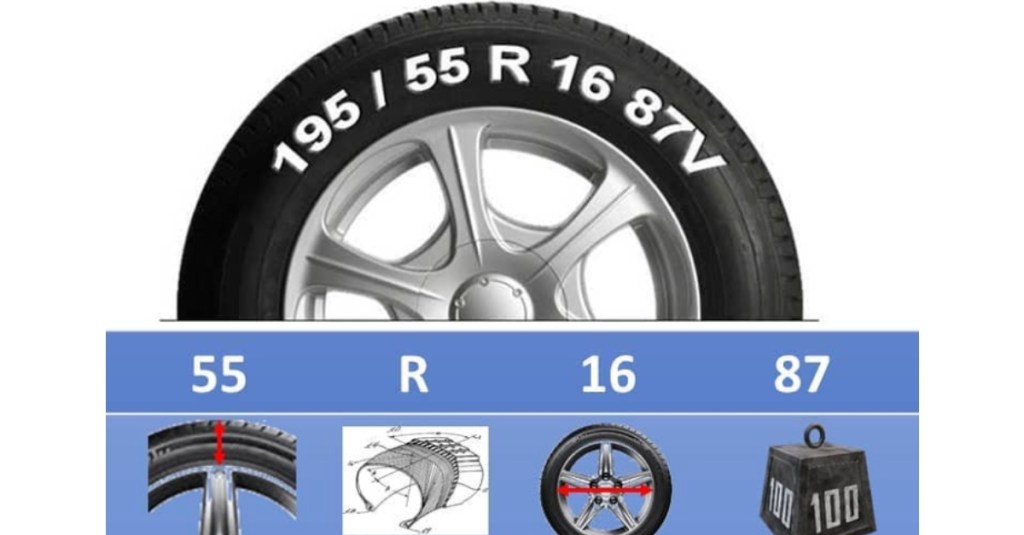Even if you’re not really into cars, there are some things that are important to know for both safety and financial reasons, and how to buy new tires is definitely on that list.
Photo Credit: iStock
Lucky for us, all of the information you need is already printed on your tires – you just have to know how to read it.
The first two codes you’ll need to pay attention to are the sidewall code and the DOT (Department of Transportation) code. The sidewall code is 11-13 characters long with a forward clash in the middle, and the numbers describe the fundamentals of your tires. Here’s an example: P205/65R16. The first letter, P, indicates the tire type – in this case, a passenger vehicle.
If it was a LT it would stand for “light truck,” while ST is “special trailer,” T means “temporary,” and a missing letter means it’s basically a P.
Photo Credit: iStock
Next up are three numbers that indicate tire width. In our example, it’s 205 and just indicates that the tires are 205mm side.
After a forward slash comes two more numbers, which are the tire aspect ratio (the percentage the width is of the height). This is used to calculate your tire’s height by dividing the aspect ratio by 100x the width.
In our example, the height of the tire would be 65/100 x 205, or 133.25 – your tire is 133.25mm high.
After the aspect ratio is a letter that indicates construction type – if it’s a R, you’ve got radial and if it’s a D, they’re bias tires.
The last two numbers on your sidewall code represent the rim size, or the diameter of the wheel. Ours is 16, and this time it’s in inches, because apparently the tire people like to keep us on our toes.
The two-three digit code after the rim size is the load index, which is the maximum weight the tire can handle. You can multiply this by 4 and then look up the weight of your car to make sure your tires can handle the load.
The letter that follows the load index is the tire’s speed rating, and could represent anything from 3mph to 186mph or more.
Photo Credit: iStock
The H in our example means the tire is rated for speeds up to 130mph.
Next up, the DOT code.
It’s mandated by the Department of Transportation and indicates the tire has met minimum safety requirements, along with who manufactured the tire and when. It looks like this: DOT 2620.
Those last four digits indicate when your tire was made – for example, the 26th week of 2020 – and it’s always useful to know how old your tires are.
There’s other info on your tire, too, like the maximum tire pressure (hopefully you already know how to use that one), the treadwear (TW), which tells you how much “grip” your tires have and therefore how long they’ll probably last.
There’s also traction, which is rendered as a letter code and indicates your tire’s traction – AA is the best, but most of us are driving around with A’s – and temperature, which tells us how well the tires dissipate heat (the higher the letter grade, the better).
Photo Credit: iStock
If you see a M+S your tire is rated for mud and snow, but an E means you’ve got a snow tire, and if you’ve got arrows printed somewhere on there, you’ve scored a unidirectional tire.
Which is normal and not as fancy as it sounds.
Now you can head in to replace your tires next time with confidence, which I know most of us can use when we head to the mechanic.
